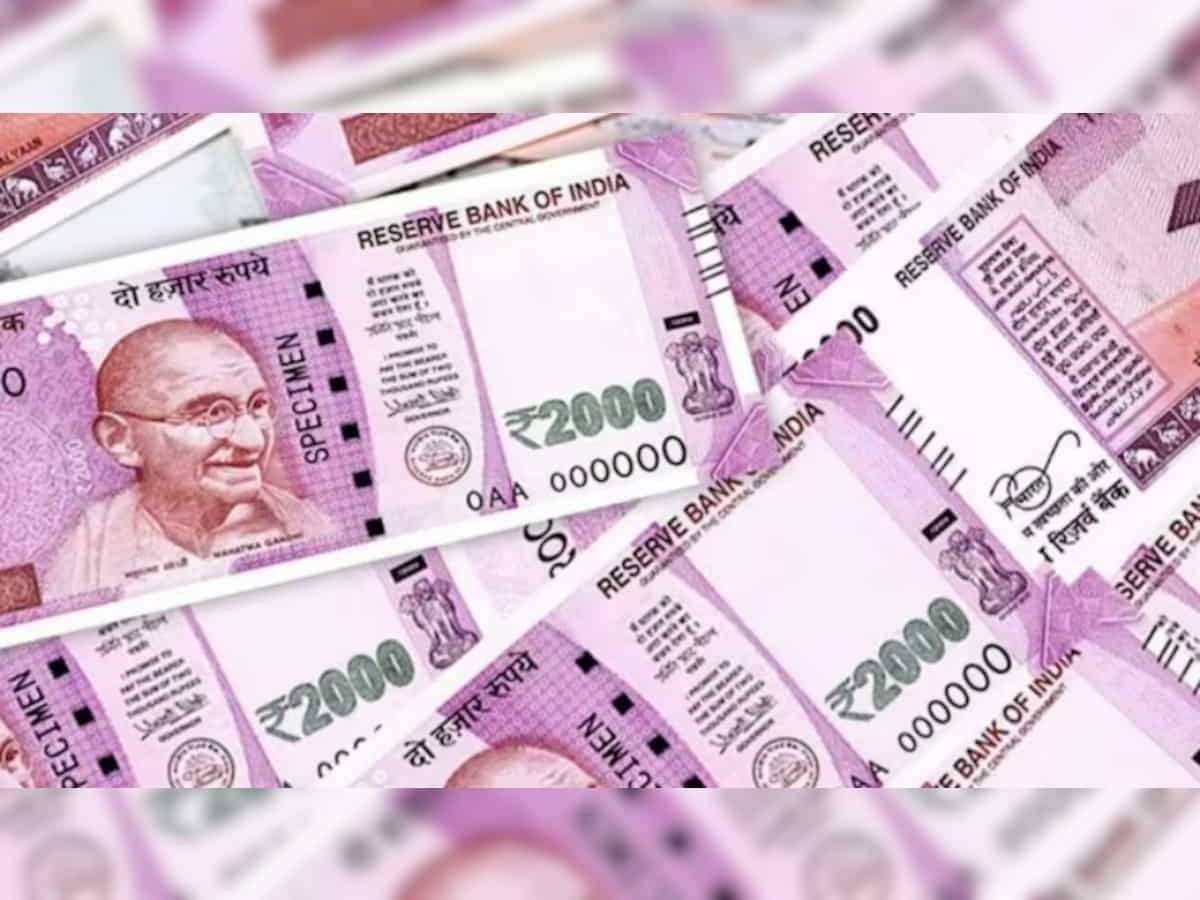Retirement planning: How to get Rs 6 crore as pension | NPS Calculator
Different investment options are available under the NPS, including equity, government securities, and corporate bonds, catering to varying risk appetites.
)
The National Pension System (NPS) has become a popular investment option for those who want a financially secure retirement. It offers a source of income after income with investment of small amounts for a long period of time. The NPS investment helps to build a retirement corpus and it also gives comparatively higher return as against the traditional savings instruments.
Calculating returns for the National Pension System (NPS) involves analysing the performance of various pension fund managers. Equity-focused fund managers under the NPS have generated impressive double-digit returns since their respective launch dates.
HDFC Pension Fund, which leads the pack with the highest return on investment, stands at 14.14 per cent since its inception on August 1, 2013. SBI Pension Fund, initiated on May 15, 2009, has delivered an annual return of 10.43 per cent. Additionally, LIC PF, UTISRL, ICICI PF, Kotak PF, and Birla PF have all generated returns exceeding 11 per cent since their launch dates.
Different investment options are available under the NPS, including equity, government securities, and corporate bonds, catering to varying risk appetites. Notably, NPS Scheme E, focused on equity stocks, has consistently outperformed other schemes within the NPS. It does, however, carry a larger risk.
Analysing the returns from NPS Scheme E (Tier 1) over the last decade, it is evident that subscribers can accumulate substantial retirement savings if similar performance continues by the scheme. For example, assuming an average return of 10 per cent under NPS Scheme E, a monthly investment of just Rs 5000 can yield a corpus of Rs 1.89 crore in 35 years, Rs 1.13 crore in 30 years and Rs 66 lakh in 25 years, as per the NPS calculator.
Expanding the investment to Rs 10,000 per month, assuming a 10 per cent return from NPS Scheme E (Tier 1), the potential corpus may grow to Rs 3.8 crore in 35 years, Rs 2.26 crore in 30 years and Rs 1.32 crore in 25 years.
Moreover, contributions made to the NPS offer tax deductions. Under Section 80CCD (1) of Income Tax taxpayers can claim a deduction of up to Rs 1.5 lakh, while an additional deduction of Rs 50,000 is permitted under 80CCD (1B). This allows NPS subscribers to claim a total deduction of up to Rs 2 lakh per year, equivalent to a monthly contribution of Rs 16,666.
Considering an investment of Rs 16,500 per month in NPS Scheme E (Tier 1) and assuming a 10 per cent return, projections from the NPS calculator suggest a potential corpus of Rs 6.26 crore in 35 years, Rs 3.72 crore in 30 years and Rs 2.18 crore in 25 years.
With its various investment options and the potential for substantial returns, the NPS remains an attractive avenue for retirement savings. By making informed investment choices and maintaining consistent contributions, individuals can build a significant corpus to secure their retirement years.
Get Latest Business News, Stock Market Updates and Videos; Check your tax outgo through Income Tax Calculator and save money through our Personal Finance coverage. Check Business Breaking News Live on Zee Business Twitter and Facebook. Subscribe on YouTube.
RECOMMENDED STORIES
11:19 AM IST











 Hidden charges on SBI ATM cards: Is your money disappearing quietly?
Hidden charges on SBI ATM cards: Is your money disappearing quietly? Latest personal loan interest rates for SBI, PNB, Bank of Baroda, HDFC bank and ICICI bank
Latest personal loan interest rates for SBI, PNB, Bank of Baroda, HDFC bank and ICICI bank 8 post office investment schemes that offer over 7% guaranteed return
8 post office investment schemes that offer over 7% guaranteed return Millennials turning towards new-age investment instrument fractional investing: Report
Millennials turning towards new-age investment instrument fractional investing: Report  Income Tax: How are e-filing and e-payment of taxes different? Know details here
Income Tax: How are e-filing and e-payment of taxes different? Know details here